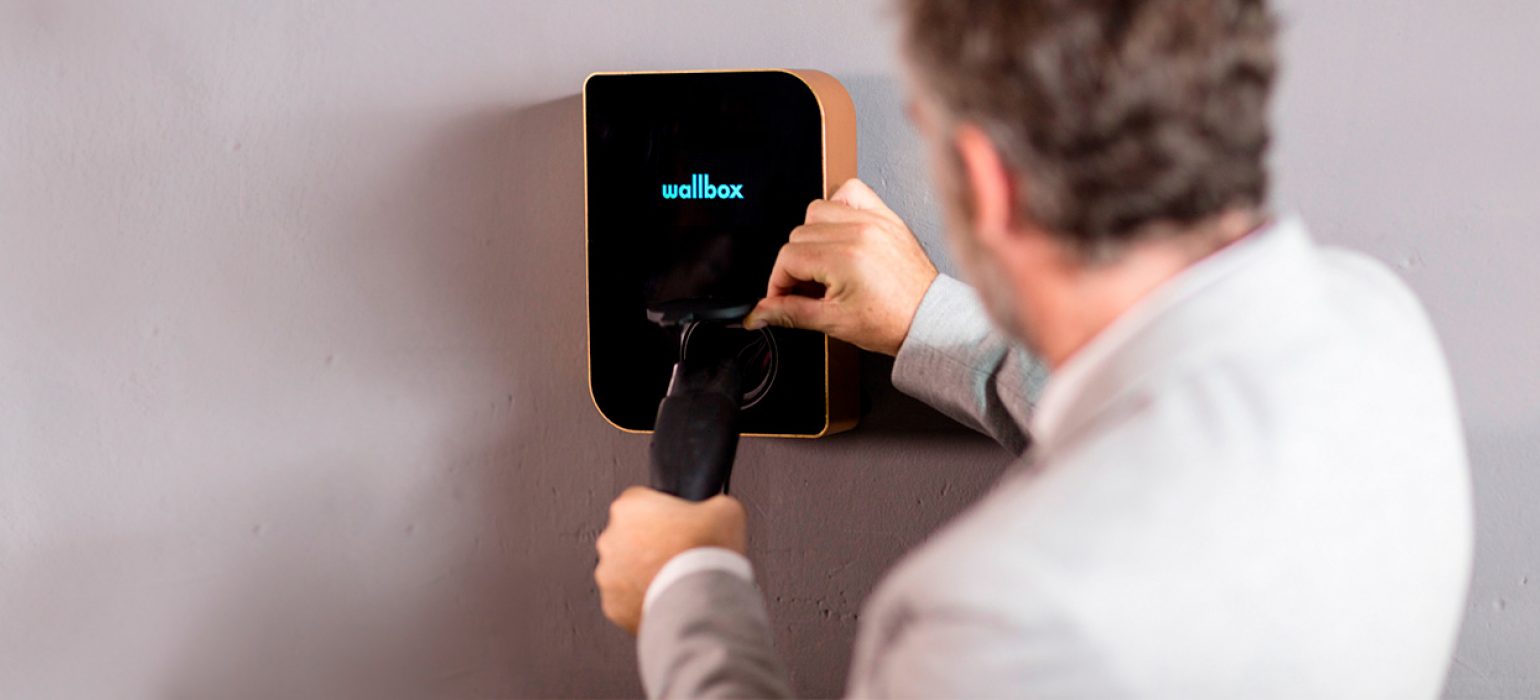One of the common questions when buying an electric or plug in hybrid is: How long does it take to charge my vehicle?
To answer that question, it should be noted that the charger is not the only player in the charging process, and must also be known the limitations that can affect both the domestic electric facility available, such as electric or plug in hybrid vehicle charging capacity itself.
Domestic Grid
All residential installation has a maximum deliverable power. This is the power that can deliver our facility to all electrical devices connected to it. For example, if we have 5.5 kW maximum power deliverable, all devices that have connected to the network, can never add, in terms of power (eg an electric owen may consume 1.5 kW at maximum) more than that 5.5 kW.
The charger
The charger, being Wall installed (Mode 3) or portable (Mode 2), will have a maximum power that can be transferred from the installation to the vehicle. Chargers currently on the market can handle power up to 7.4 kW in single-phase and up to 22 kW if it’s three-phase.
The vehicle
The maximum charging power of the vehicle is also a limitation. This power can range from 3.7 kW for example in the Mitsubishi Outlander PHEV, to 22 kW (in three-phase mode) which may incorporate the Tesla Model S as an option.
Practical example
Then we will show a graphic example that will allow us to illustrate the limitations of the weakest link in this chain of electric power transmission:

In this case, as we can see, the maximum charging power will be limited by the electrical system of the house. This means that the maximum power that can be achieved, is 3.3 kW although the charger can deliver up to 7.4 kW , and the vehicle up to 3.7 kW. That is because the domestic grid where all devices are connected can’t deliver more than this 3,3 kW.
Wallbox proposal
Many chargers on the market require knowing the power available at the house/domestic grid in order to select the most appropriate to the user’s need, because those work in limited power ranges. Moreover, the price according to the power of the charger may vary.
All products designed and manufactured by Wallbox can be adapted to any electrical installation and providing operating power up to 22 kW in a single product, making it easier for our customers to choose the charger that best suits your needs
Wallbox also offers customers to choose an installer of its own network, which can analyse client’s domestic grid, and propose, if it is suitable, an optimization of the facility to get the most out of your Wallbox charger and your electric vehicle.
Regarding to the charging power of the vehicle, it is a limitation that Wallbox can do nothing… at least for the moment…. 😉

Comments
The electric grid owners may -where V2G systems are deployed- limit the capacity delivered to your charger via these V2G schemes and it will slowdown the charge rate.
Thanks for your comment. Currently V2G systems are not implemented in most of the facilities, especially in private environment. Wallbox will release a DC Charger V2G compatible very soon, and as well offers an accesory (Power Boost) to control the charging current depending on the rest of the house consumption.
This is to technical, what does this mean in hours and minutes?